Description
The Greenman
Protector of the plants, keeper of the cycle of rebirth
The Greenman legend goes back many, many centuries. Originally a pagan deity, he was absorbed into early Christianity and is depicted in many forms in books and churches across Europe.
He is a symbol of regeneration and is associated with rebirth and virility. He is strongly associated with the beginning of spring – a symbol of May time. Also known as The King of May, Jack the Green, John Barleycorn, even Robin Hood, and the figure emerges as pre-Christian symbol of the pagan Celts in the prehistoric forests of ancient Britain dating back to 400BC. The Greenman symbolises the end of winter and the beginning of spring and rebirth of life in summer.
Much of prehistoric Britain was covered in trees, the Celts and their Druids believed trees had souls & were revered as deities. The Druids planted & worshipped sacred groves & their magicians, warriors and healers prized these trees twig tops.
John Barleycorn – celebrated in song – shows the same themes of death and rebirth, as does the Green Knight in the Arthurian story of Sir Gawain. Medieval legends of the Wild Men – dressed in leaves, living in the forest and venturing forth to take food, have been connected with the Green Man. In some stories of Robin Hood – the robber and hero dressed in green – he attains godlike status and links with the Horned God Herne. Present-day Western pagan thought identifies the Green Man as the symbol of the qualities of godhood within the male, as well as being an expression of the cycle of life/death/rebirth and its relationship with the transcendent life-force, the Goddess, the female expression of divinity.
Some theologians like Rabanus Maurus (8thC) said the Greenman represented the sins of the flesh – lustful and wicked men doomed to eternal damnation. This seems to be a long way from the meaning he must have held for those who used him on the memorials to their dear departed six centuries previously. In fact, they continued to be used as tomb carvings long after church masons stopped using them inside their buildings.
The pagan festival of Beltane is the end of planting and the beginning of harvesting, around early/mid May. It also represents fertility, as the celebration often involves loosened rules for fidelity and good over evil. These days the Clun Greenman Festival is held annually in May; in a custom dating back just over a decade, the Greenman is confronted by Frostie, the Queen of the Cold, in the Battle of the Bridge (on an ancient packhorse bridge over the River Clun). If Frostie wins, then summer will not reach the Clun valley that year!

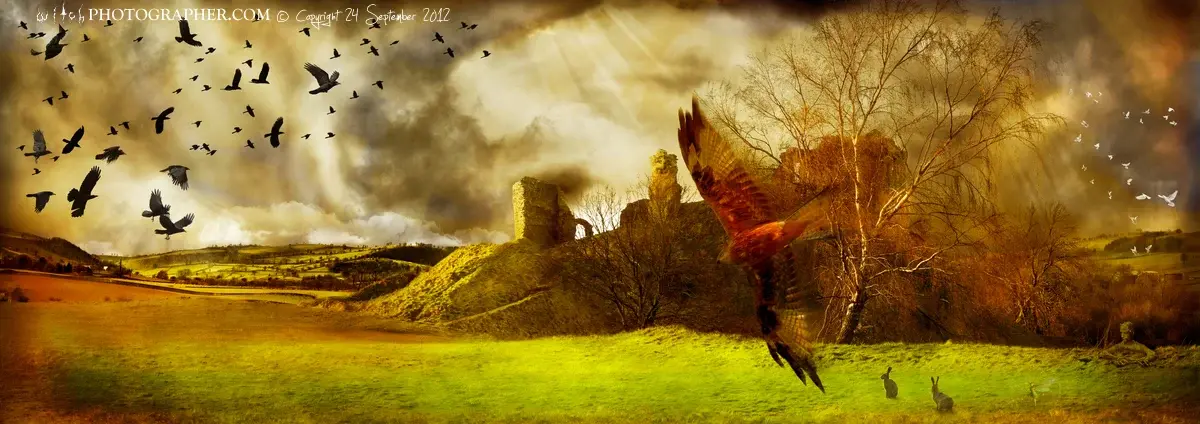
 Click a section to zoom in. These are
Click a section to zoom in. These are 



































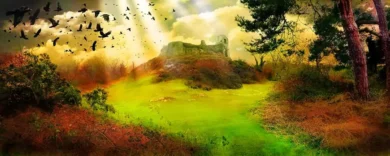
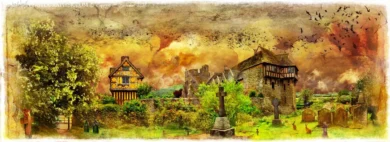
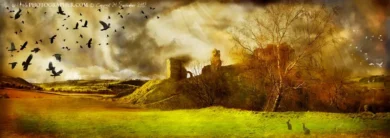
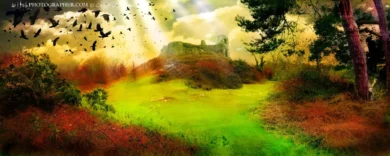
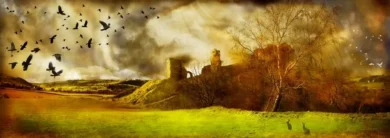
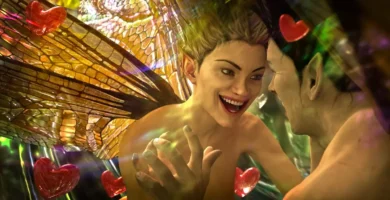
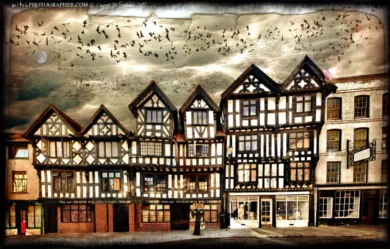
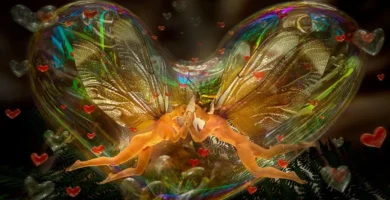

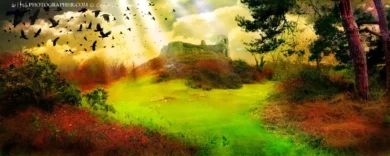
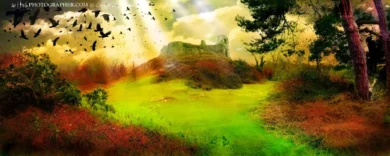
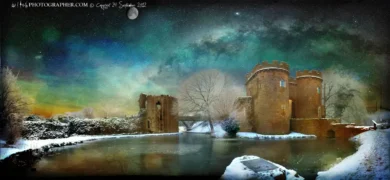
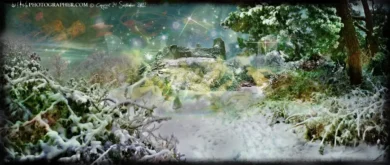
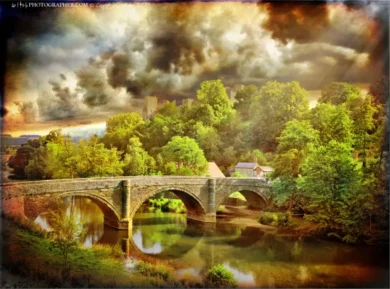
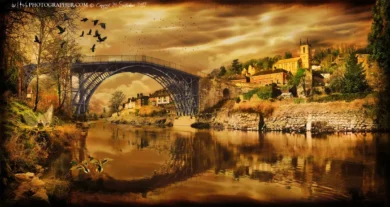
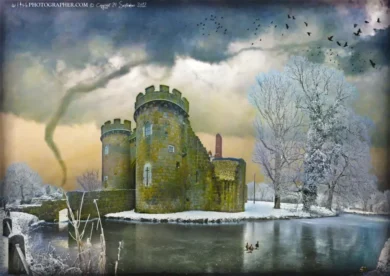
Reviews
There are no reviews yet.